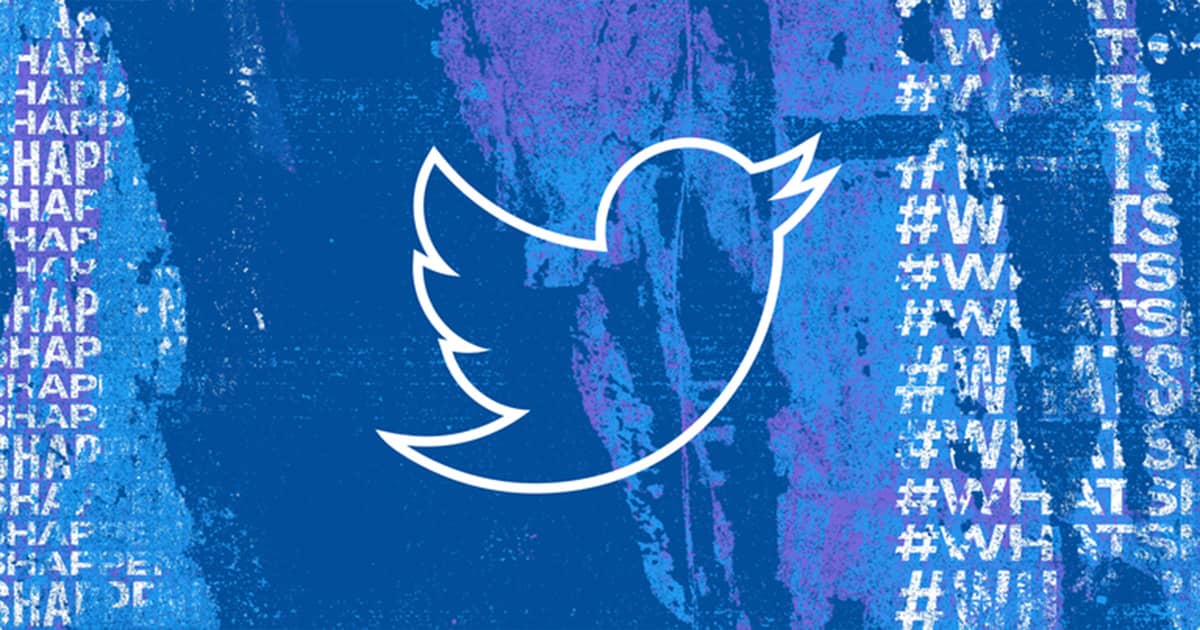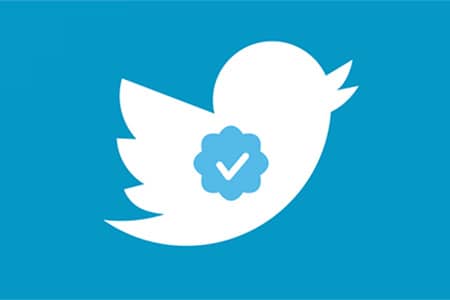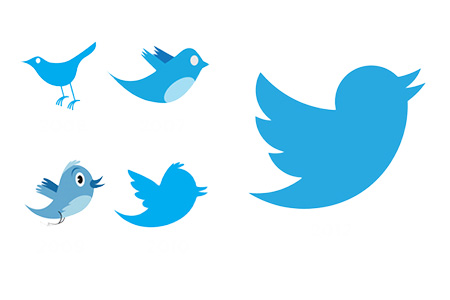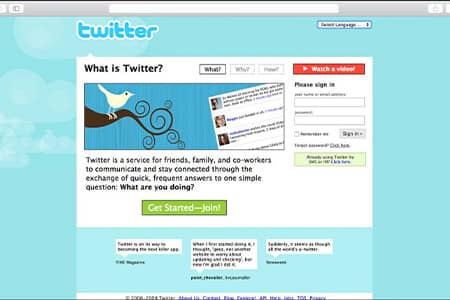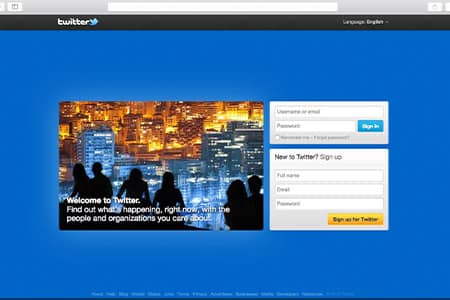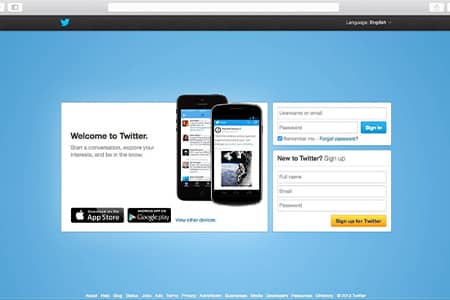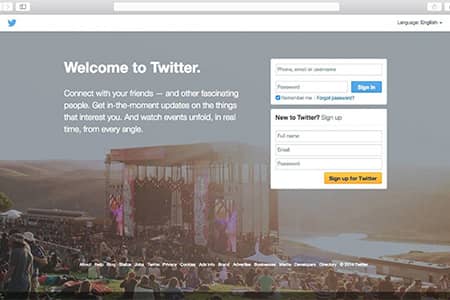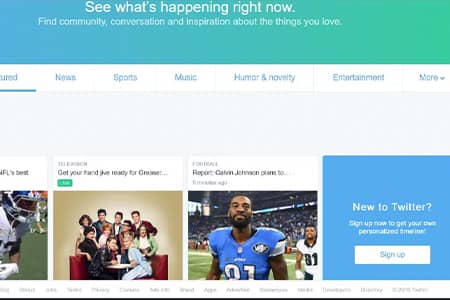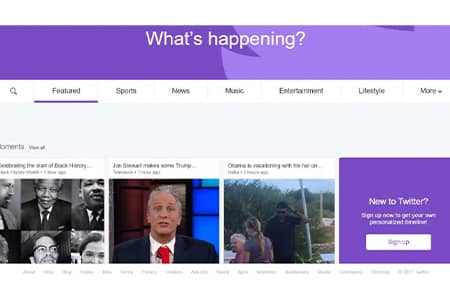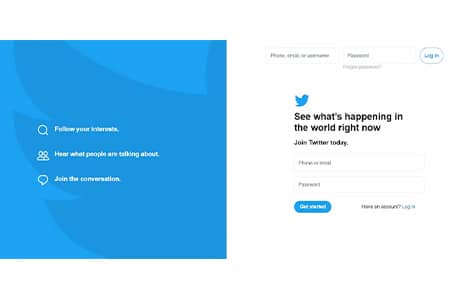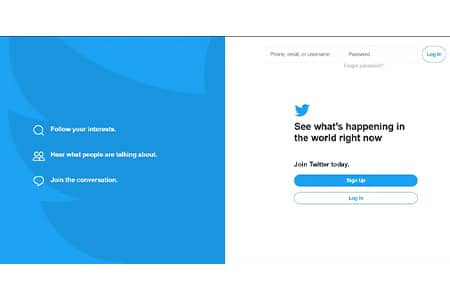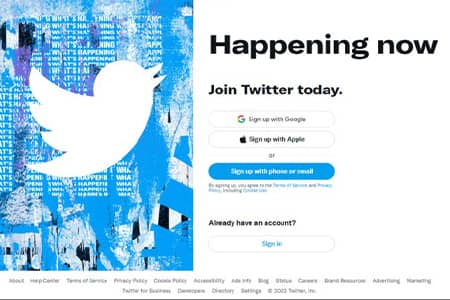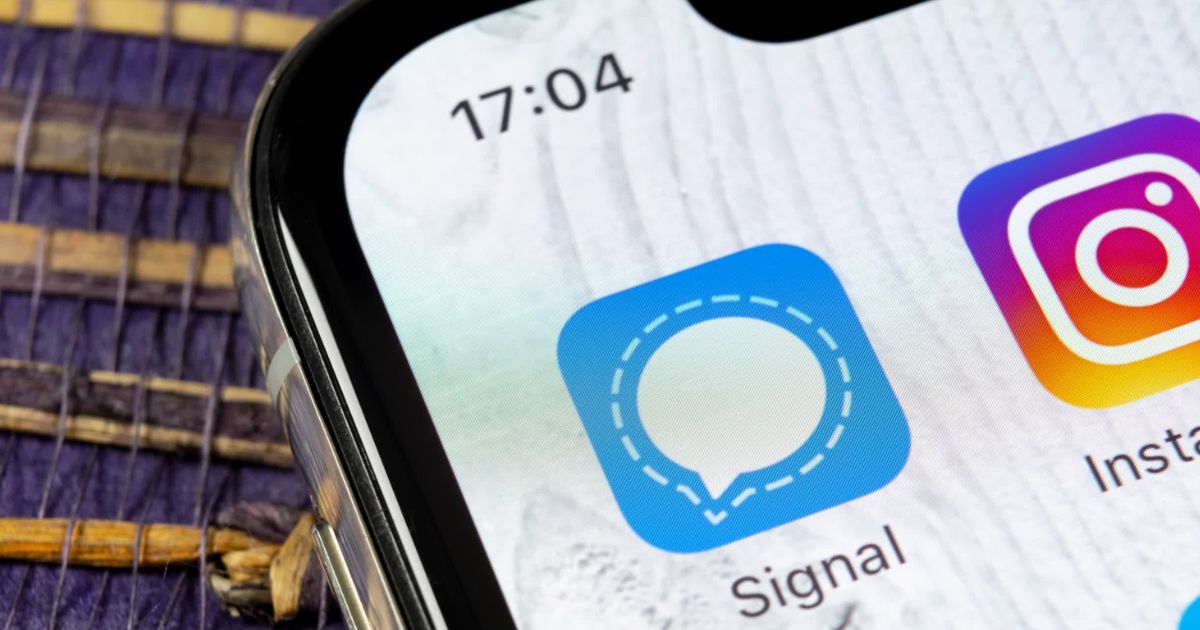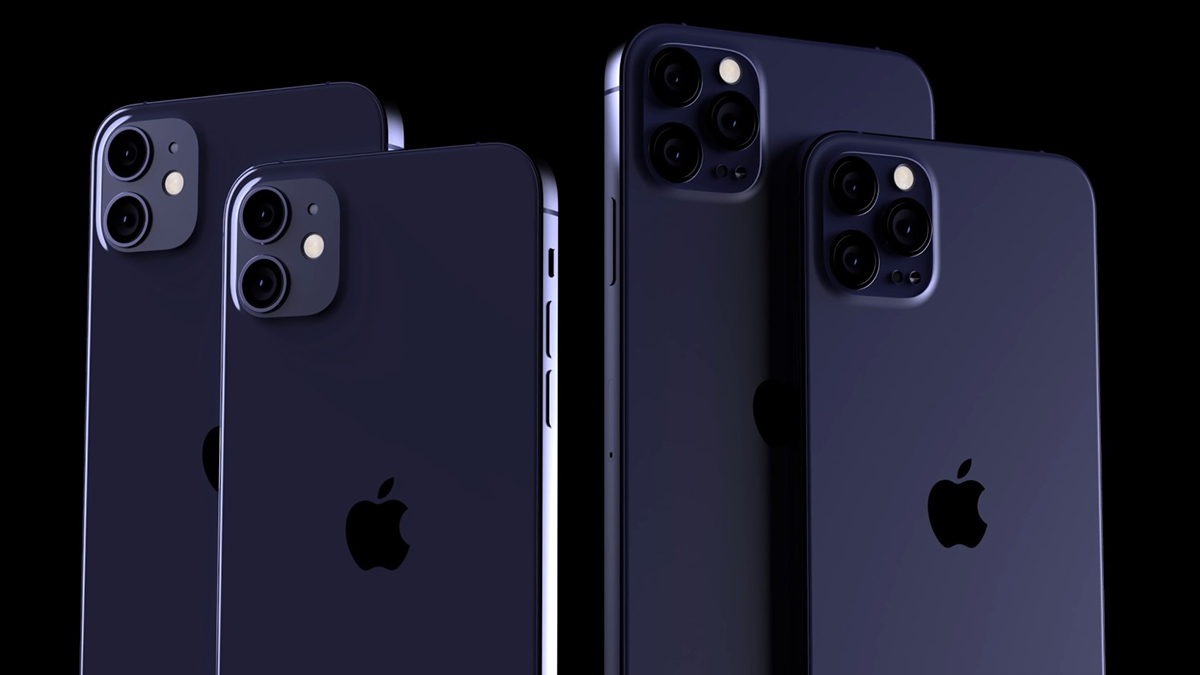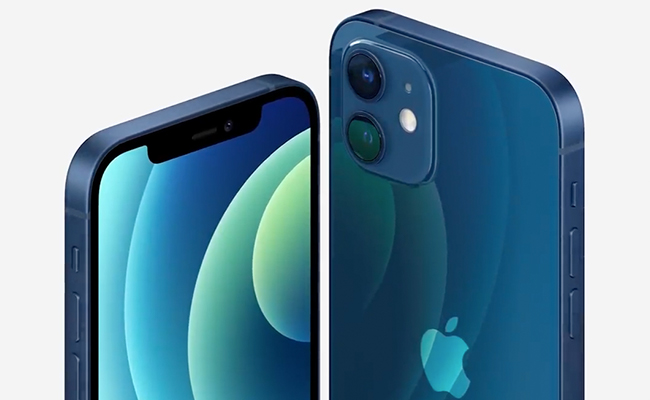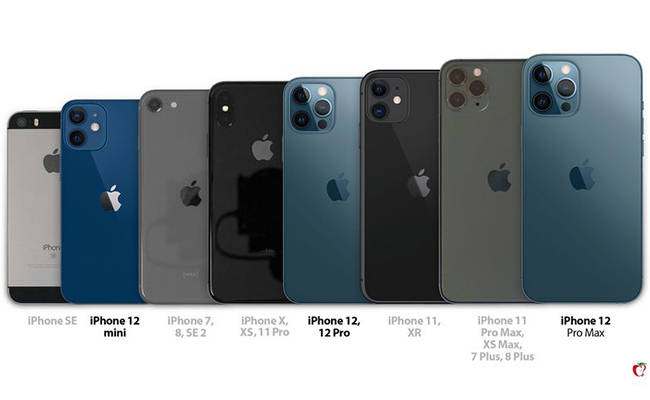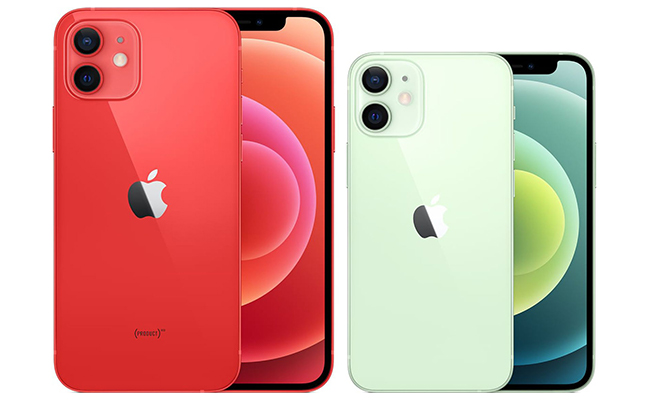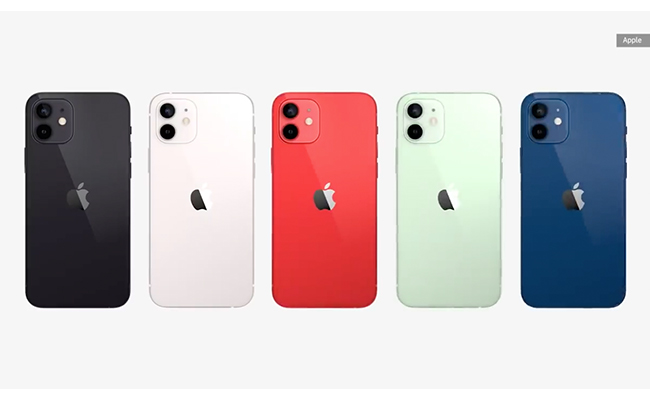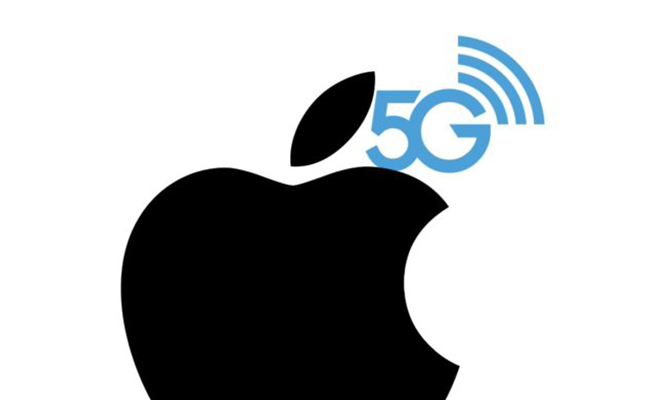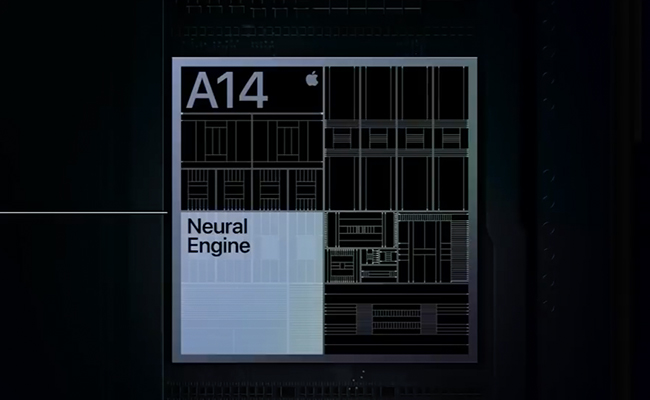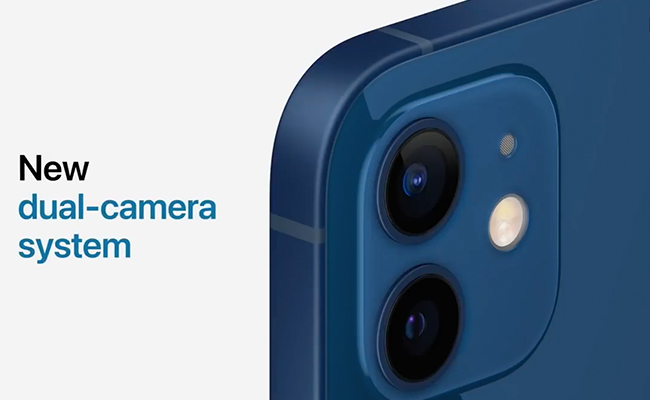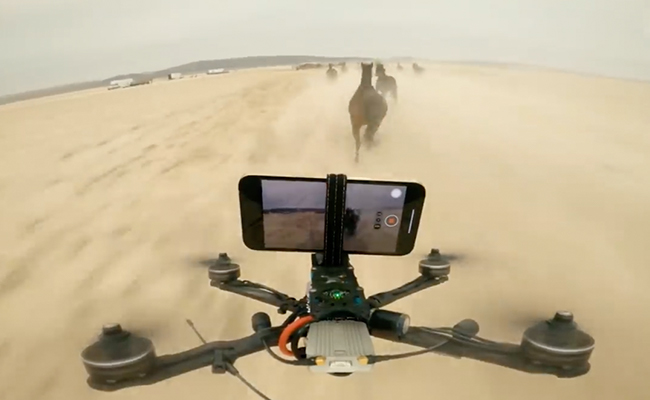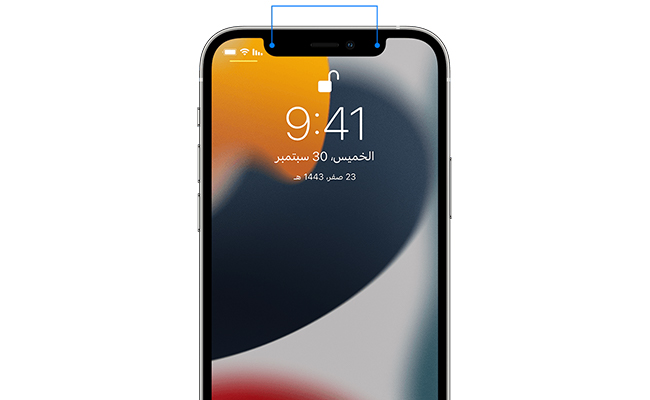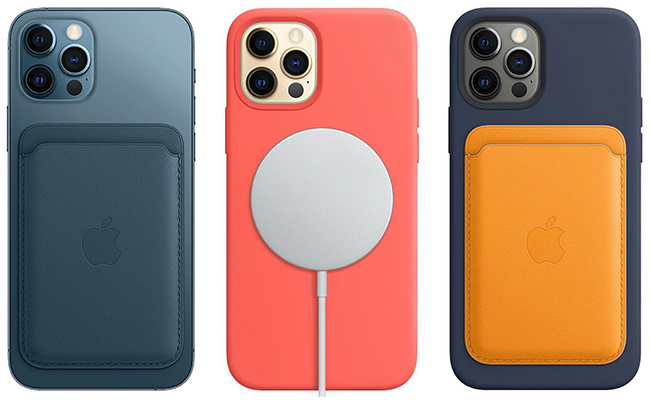In today’s fast-paced digital landscape optimizing your online presence is more important than ever. One effective strategy is using URL shorteners. URL Shortener transforms long, unwieldy URLs into concise, manageable links, enhancing user experience and providing valuable analytics.
Whether you’re a business owner, marketer, or casual user, leveraging a powerful URL shortener can significantly boost your digital strategy.
What is a URL Shortener?
A URL shortener is a tool that converts lengthy URLs into shorter, more shareable links while preserving the original destination. These services are widely used in digital marketing, social media, and SEO optimization to improve user engagement, track link performance, and enhance branding efforts.
Why Use a URL Shortener?
- SEO Benefits: Shortened URLs can improve link trust and click-through rates, which are crucial for SEO success.
- Improved Aesthetics: Clean, concise links appear more professional and are easier to share.
- Enhanced Engagement: Simplified links lead to higher user interaction and better engagement on social media platforms.
- Tracking & Analytics: Gain insights into clicks, user locations, and devices, allowing for data-driven decisions.
- Customization: Branded URLs increase brand recognition and credibility, making them ideal for marketing campaigns.
Top URL Shortener Services in 2025
- Bitly (Best for Businesses and Analytics)
- Website: Bitly.com
- Key Features: SEO-friendly branded URLs, advanced analytics, bulk link shortening, and integration with Google Analytics and social platforms.
- Pros: Robust analytics, customization options, and strong security features.
- Cons: Limited free plan, expensive paid plans.
- TinyURL (Best for Quick, No-Signup Usage)
- Website: TinyURL.com
- Key Features: No signup required, custom short URL keywords, permanent short links.
- Pros: Free, simple to use, no link expiration.
- Cons: No analytics or tracking, lacks bulk shortening options.
- Short.io (Best All-in-One Solution)
- Website: Short.io
- Key Features: Google Analytics and Facebook Pixel integration, built-in SEO-friendly analytics, bulk link import, link cloaking, and broken link detection.
- Pros: Comprehensive SEO and branding features, strong analytics, cost-effective.
- Cons: Some advanced features require a paid plan.
- Rebrandly (Best for Brand Customization)
- Website: Rebrandly.com
- Key Features: Branded short links with custom domains, UTM tagging, social media pixel tracking, API access, and advanced analytics.
- Pros: SEO-friendly link management, enhances brand authority, excellent tracking tools.
- Cons: Expensive, advanced features locked behind premium plans.
- eg.gd (Best Free Alternative to Rebrandly)
- Website: eg.gd
- Key Features: Free URL shortening with custom domain support, basic analytics, and no premium restrictions.
- Pros: Completely free, feature-rich.
- Cons: Less established, potential scalability issues.
SEO Benefits of Using a URL Shortener
- Boost Click-Through Rates (CTR): Short, branded links appear more trustworthy, driving higher clicks.
- Enhance Social Media Engagement: Platforms like Twitter and LinkedIn favor clean, trackable links.
- Better Tracking & Attribution: Detailed analytics provide insights into traffic sources.
- Improve Branding: Custom short links establish authority and increase recall value.
- Optimize for Search Engines: Keyword-rich short links can improve SEO rankings.
By understanding and utilizing URL shorteners, you can significantly enhance your digital strategy, whether you’re focusing on SEO, branding, or simply improving user experience.



